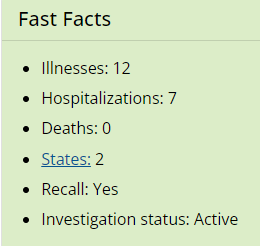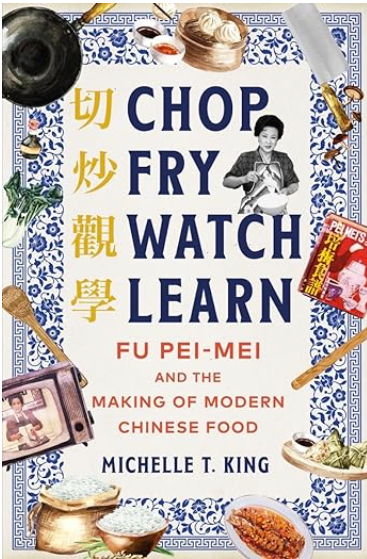Ozempic: a food marketing opportunity
I was thrilled to be invited to be on Oprah last week to discuss the influence of the food environment on obesity. Alas, I was disinvited when the topic switched to fat shaming.
While recovering from the disappointment, I ran across this article in FoodDive: The Ozempic effect is real: Study zeroes in on GLP-1 users’ food needs.
A study found people taking anti-obesity medications such as Ozempic, Wegovy and Zepbound to be looking for:
- Foods packed with protein
- Smaller portions
- Foods that help quell nausea
- Foods that help reduce gastrointestinal side effects
The potential size of this market is impressive:
Manufacturers looking to create products that cater to this growing market segment – which according to recent research from Goldman Sachs could be as much as 15 million people, or 13% of the U.S. population, by 2030 – should focus on creating products that meet their new needs.
The research group used “its proprietary AI to generate food concepts that it had panel participants evaluate and several were appealing including:
- Pre-portioned grilled chicken strips
- 2-ounce portions of Greek yogurt in pouches
- Electrolyte-enhanced fruit popsicles
- Mini meal cups
Hey—this is a win-win. First the food industry makes products that people can’t resist eating and make them gain weight. Then the industry creates products that help them take drugs more easily.
A marketing opportunity for all



